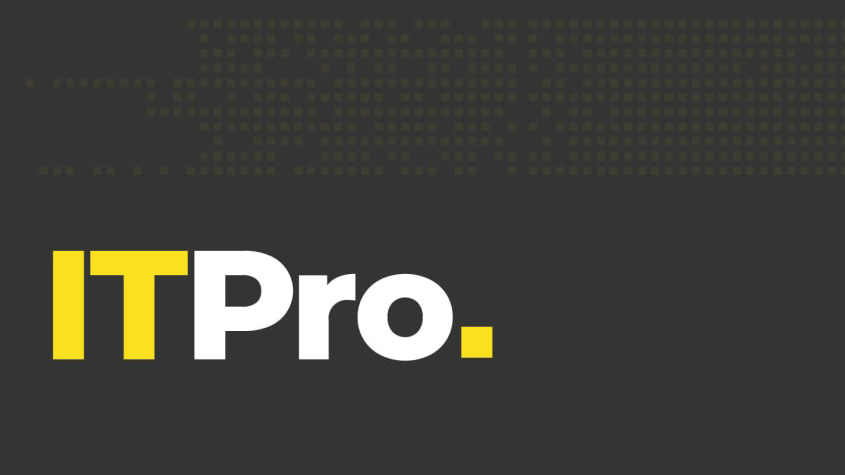
ITPro is a comprehensive website for IT professionals and IT decision-makers to engage in breaking news, in-depth features and analyses, reviews, and more.
Here, you can find accurate, timely reporting on all the major developments in the industry that impact those who work in it. You can find practical advice on how to guide them through the maze of IT investment and hear from industry experts on the most pressing issues and how they're overcoming them.
To ensure you never miss a single post, subscribing to ITPro's daily newsletter is the easiest way to keep track of everything that's published that day, delivered directly to your inbox in the early afternoon.
Whether it's the latest news, the most incisive analyses, or lively podcast discussions, you can up for the ITPro newsletter using the box below and avoid ever missing a single post.
Sign up today and you will receive a free copy of our Future Focus 2025 report - the leading guidance on AI, cybersecurity and other IT challenges as per 700+ senior executives
ITPro is a global business technology website providing the latest news, analysis, and business insight for IT decision-makers. Whether it's cyber security, cloud computing, IT infrastructure, or business strategy, we aim to equip leaders with the data they need to make informed IT investments.
For regular updates delivered to your inbox and social feeds, be sure to sign up to our daily newsletter and follow on us LinkedIn and Twitter.
-
 The UK AI revolution: navigating the future of the intelligent enterprise
The UK AI revolution: navigating the future of the intelligent enterpriseAs AI reshapes industries and societies, decision-makers in the UK face a critical choice: build a sovereign future or merely import it.
-
 Turning the UK AI revolution into a sovereign reality
Turning the UK AI revolution into a sovereign realityThe UK AI Revolution documentary series posed difficult questions about AI’s hype, control, and future. Now, IT leaders must find the architectural answers

